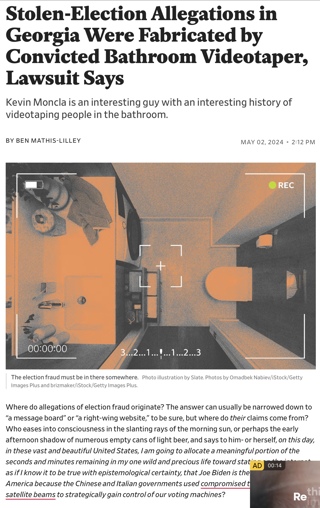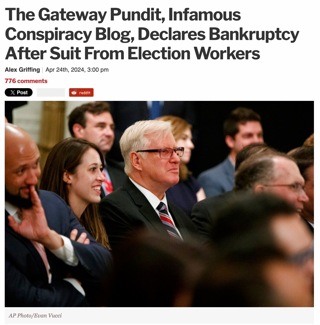Ezra Klein explains how the ACA is changing health insurance premiums
This is a very interesting article, with lots of triangle charts for you chart geeks.
This almost seems like a paradox: How can premiums in Obamacare both be lower than expected and, for some people, higher than they were before?
In any conversation like this, a disclaimer is necessary. When people talk about “premiums under Obamacare,” they’re not talking about premiums for people who get insurance through their employers, or through Medicaid, or through Medicare. They’re talking about the so-called “individual market,” which serves about 5 percent of the country now, and which, if Obamacare succeeds, will serve about 10 percent of the population. So we’re talking about insurance premiums for a small minority of the population. But it’s still millions of people.
The conversation over these premiums has been confused to the point of being outright misleading. It’s become common, for instance, for the Affordable Care Act’s critics to compare prices sticker prices in the individual market to the prices in the exchanges now. Since it was routine before for a quarter of people to be turned away or quoted a higher price after revealing their health history, this isn’t just comparing apples to oranges. It’s comparing apples to oranges that many people couldn’t even buy.
More: The Health-Care Trilemma: How Obamacare Is Changing Insurance Premiums











